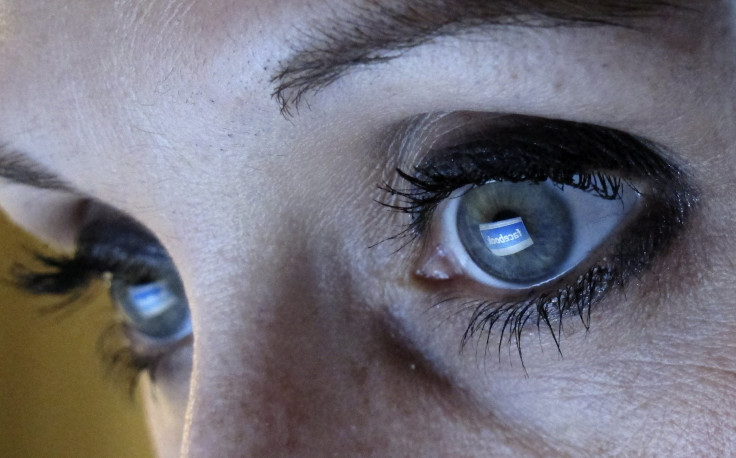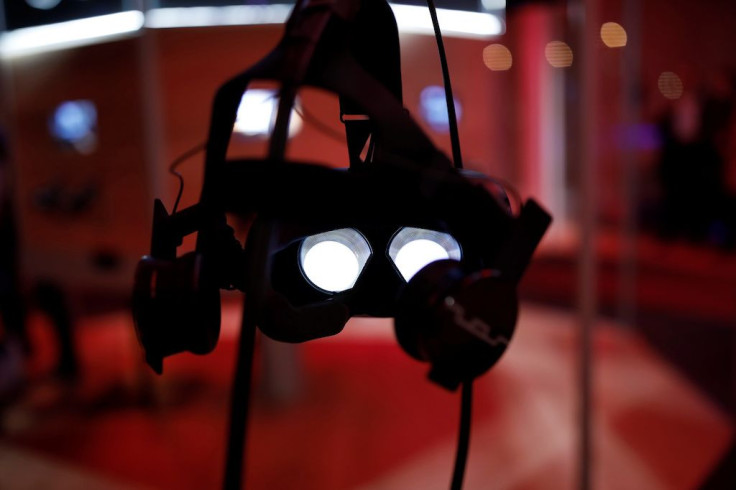Apple Patents Advanced Projector System For Mixed Reality Headset

A new patent describes in detail Apple’s plans for an advanced projector system that will deal with certain problems experienced when using augmented reality or mixed reality headsets.
Apple’s new patent, published recently by the U.S. Patent and Trademark Office, describes what appears to be an advanced mixed reality headset that deals with what the tech giant calls “accommodation-convergence mismatch problems,” which can lead to eyestrain, headaches, and/or nausea when using mixed reality headsets, Patently Apple reported.
The patent explained that accommodation-convergence mismatch happens when “a VR or AR system effectively confuses the brain of a user by generating scene content that does not match the depth expected by the brain based on the stereo convergence of the two eyes of the user.”
An example of this is when a person, when using a stereoscopic system, is presented images that trick the eye(s) into focusing at a far distance, when the object is actually closer than initially perceived. The eye(s) end up attempting to focus on a focal depth different from the focal depth of the projected image. This can lead to eyestrain or added mental stress.
This is easier to understand using everyday experiences. Imagine what happens when a person sitting three feet away from a laptop screen places his finger in front of his eyes at an arm’s length but tries to look at the laptop screen. The finger will always mess with this person’s eyesight or focus, causing some eyestrain and mental stress. Imagine this to be working in a VR or AR headset.
Accommodation-convergence mismatch problems are undesirable and will affect the augmented reality experience users might have when using AR headsets. These problems may distract them or detract from their enjoyment and tolerance of virtual reality or augmented reality environments.
Designs
The patent presents several embodiments of an AR headset wherein a direct retinal projector system works to present images to a users eye(s). The projector system, using a light engine, will project both augmented reality images and images of the real-time environment around the user.
The embodiments describe several components, all of which are designed to present images in such a way that the user’s eye(s) will not suffer from accommodation-convergence mismatch problems. These include presenting multiple holograms to the eye; projecting light fields with different fields of view and resolution; and the use of other components like scanning mirrors, foveal projectors and others.
The technology described might sound interesting, but a release date or window remains unknown considering that this is still a patent application at the moment.

© Copyright IBTimes 2025. All rights reserved.



















